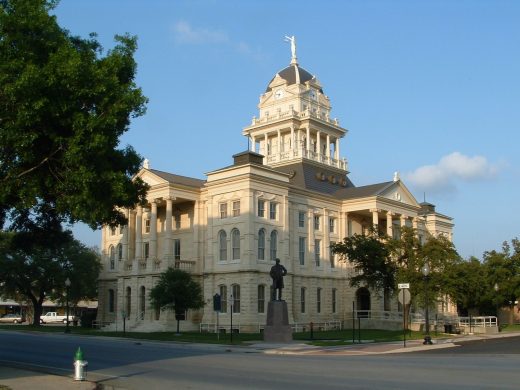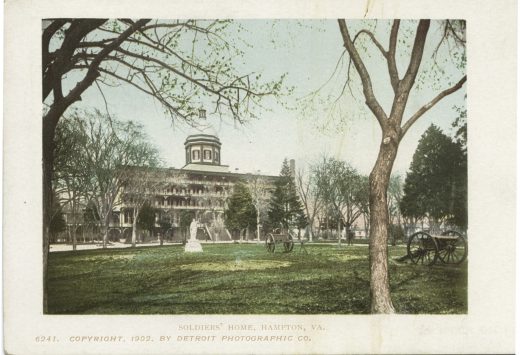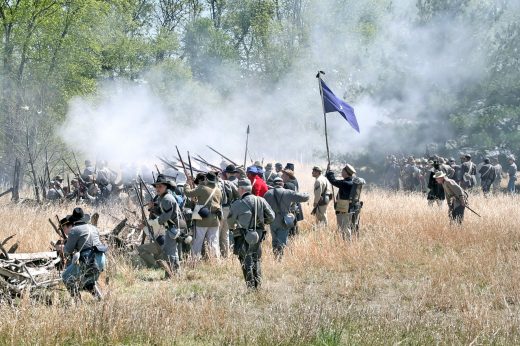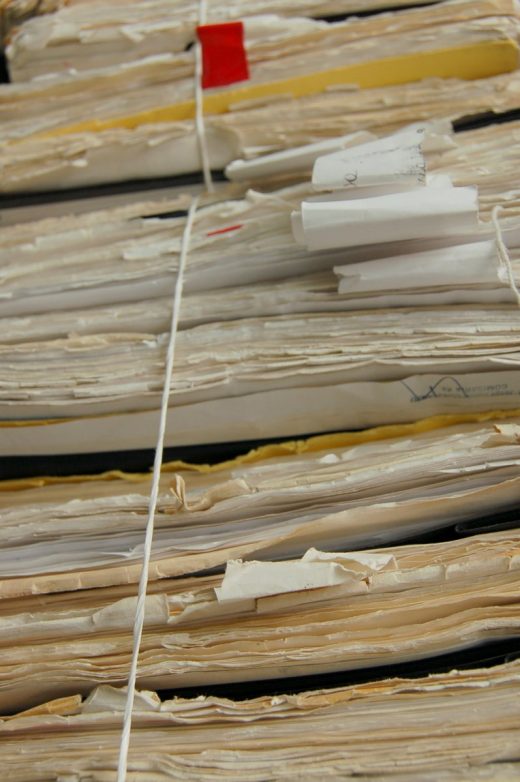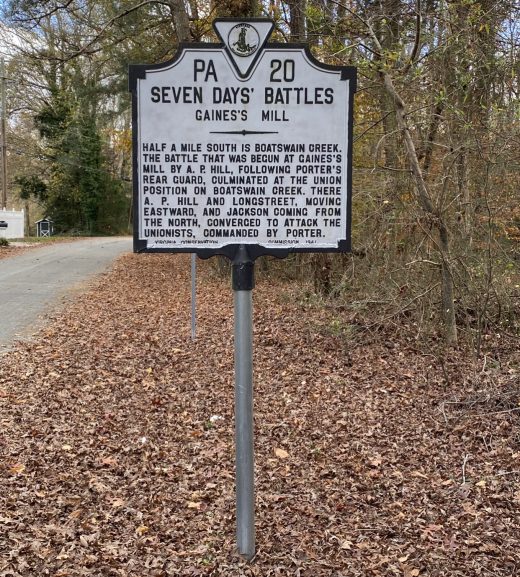Have you tried the Union Provost Marshal Records in your Civil War research?
As the Civil War dragged on it became clear a larger army of fighting aged men was needed for the Union. In March of 1863 the U.S. government set up the Provost Marshal Bureau. Even though created by the federal government it was run on the state level, with a Provost Marshal team assigned to each congressional district. It was the job of this office to document each man in the district. From these lists potential draftees were selected. Along with listing eligible individuals, medical examinations were recorded. This office was also in charge of documenting deserters. There were two classifications for the men enrolled in the draft. Class I were men age 20-35 and those 36-45, all unmarried. Class II encompassed everyone else. All men were recorded on the rolls and then given physicals to determine their ability to fight. Men with disabilities were prevented from service. The Provost Marshal records contain a wealth of information on the individual from residence, physical description and health, to place of birth, age, marital status and occupation. If your ancestor had already served, listed is the date he entered the army, whether he was drafted, enlisted or a substitute, the regiment he […]



